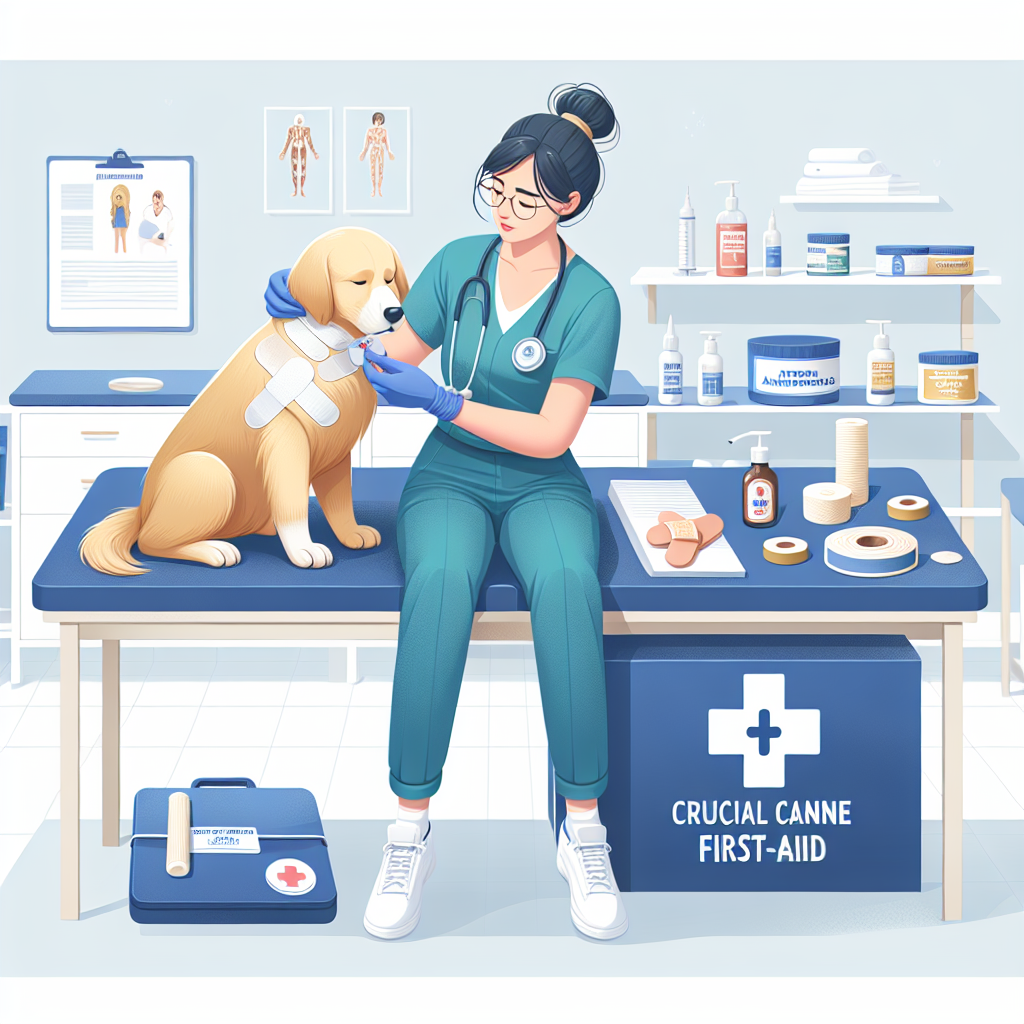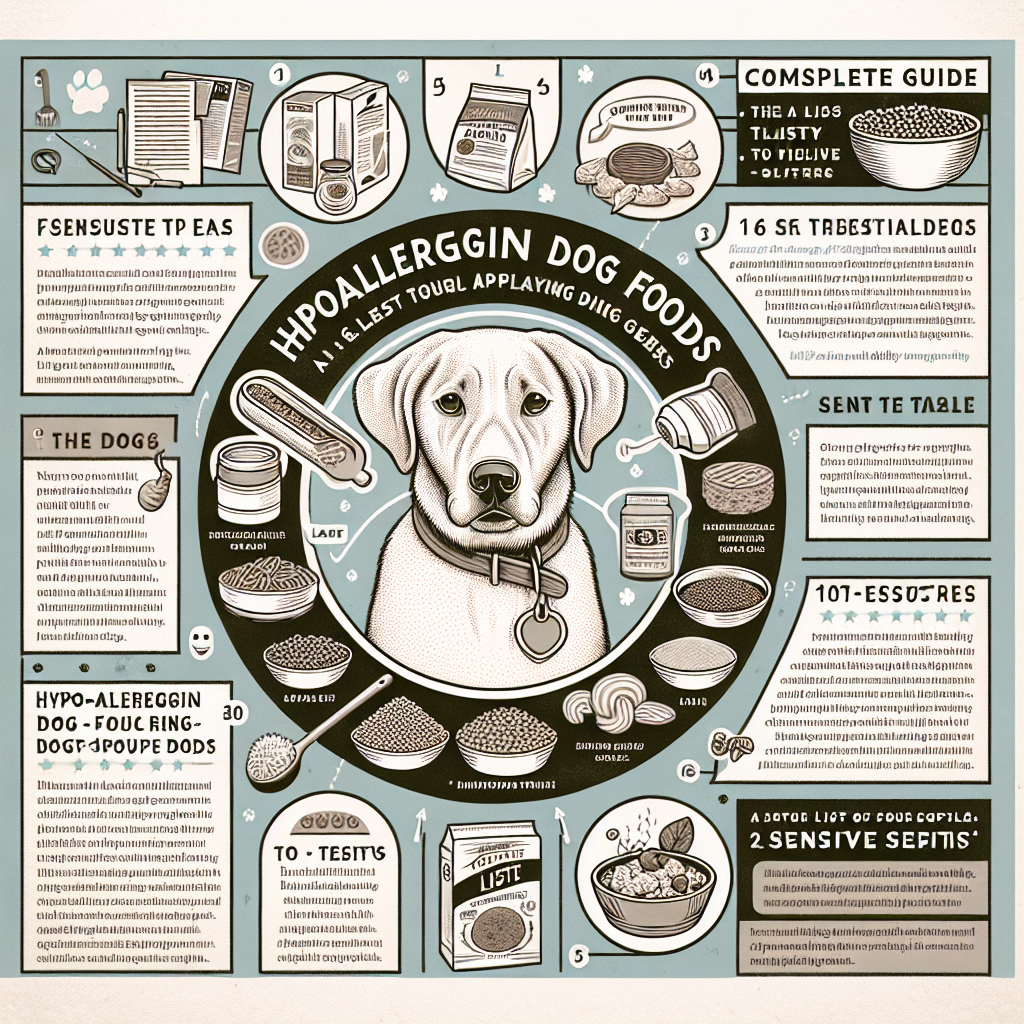
Canine arthritis is a common and debilitating condition that affects countless dogs worldwide. Characterized by the inflammation and degeneration of joints, it can cause significant pain and reduced mobility in our canine companions. However, with the right strategies, owners can effectively manage arthritis in their dogs, ensuring a good quality of life. This comprehensive guide delves into the nature of canine arthritis, its symptoms, and an array of effective strategies to keep your dog active and pain-free.
Understanding Canine Arthritis
What is Canine Arthritis?
Canine arthritis, also known as osteoarthritis or degenerative joint disease, is a chronic condition that involves the breakdown of joint cartilage and the underlying bone, leading to pain, swelling, and stiffness. It can affect any joint in a dog’s body but is most commonly seen in weight-bearing joints such as the hips, knees, elbows, and spine.
Causes of Arthritis in Dogs
Several factors can contribute to the development of arthritis in dogs, including:
-
- Age: Aging is the most common cause, as joints wear down over time.
-
- Breed Predisposition: Certain breeds are genetically predisposed to arthritis, including large breeds like Labradors, German Shepherds, and Golden Retrievers.
-
- Injury or Trauma: Previous joint injuries or surgeries can increase the risk.
-
- Obesity: Excess weight adds stress to the joints, accelerating wear and tear.
-
- Genetics: Genetic factors can influence joint health and susceptibility.
-
- Infectious or Inflammatory Diseases: Conditions like Lyme disease can cause joint inflammation leading to arthritis.
Symptoms of Canine Arthritis
Recognizing the symptoms of arthritis is crucial for early intervention. Common signs include:
-
- Limping or lameness
-
- Stiffness, especially after resting or in the mornings
-
- Reluctance to climb stairs or jump
-
- Decreased interest in play or exercise
-
- Swollen or warm joints
-
- Changes in behavior, such as irritability or depression
-
- Difficulty rising from a resting position
Veterinary Diagnosis and Treatment
Diagnosis
A veterinary diagnosis is essential to confirm arthritis and rule out other conditions. The veterinarian may use a combination of:
-
- Physical Examination: Assessing joint pain, swelling, and range of motion.
-
- Imaging: X-rays, ultrasounds, or MRIs to visualize joint damage.
-
- Blood Tests: To rule out infections or inflammatory conditions.
-
- Joint Fluid Analysis: Evaluating the synovial fluid in the joints.
Conventional Treatments
Once diagnosed, veterinarians may recommend a combination of treatments, including:
-
- Medications: Non-steroidal anti-inflammatory drugs (NSAIDs) to reduce pain and inflammation.
-
- Steroid Injections: Corticosteroids injected into the joints for severe cases.
-
- Joint Supplements: Glucosamine, chondroitin sulfate, and omega-3 fatty acids to support joint health.
-
- Weight Management: Ensuring the dog maintains a healthy weight to reduce joint strain.
-
- Surgery: In extreme cases, surgical interventions like joint replacement or arthroscopy may be necessary.
Effective Strategies to Manage Canine Arthritis
1. Regular Veterinary Check-ups
Consistent veterinary check-ups are vital to monitor the progression of arthritis and adjust treatments as necessary. Regular assessments help in making timely adjustments to pain management and mobility strategies.
2. Medication Management
-
- NSAIDs and Pain Relievers: Administer prescribed medications as directed. Always follow your vet’s instructions and monitor for side effects.
-
- Joint Supplements: Incorporate supplements such as glucosamine, chondroitin sulfate, and MSM (Methylsulfonylmethane) into your dog’s diet. Omega-3 fatty acids found in fish oil can reduce inflammation.
3. Weight Management
-
- Dietary Control: Feed your dog a balanced diet with appropriate portions to maintain an ideal weight. Overweight dogs should follow a vet-recommended weight loss plan.
-
- Specialized Diets: Consider diets specifically formulated for joint health, which contain ingredients like glucosamine and omega-3 fatty acids.
4. Physical Therapy and Exercise
-
- Moderate Exercise: Regular, low-impact exercises like walking or swimming are beneficial. Aim for short, consistent sessions to maintain joint mobility without causing overexertion.
-
- Range-of-Motion Exercises: Gentle stretching exercises to maintain flexibility and reduce stiffness.
-
- Hydrotherapy: Swimming or underwater treadmills provide resistance with low impact, promoting muscle strength and joint function.
5. Alternative Therapies
-
- Acupuncture: This traditional Chinese medicine technique can help relieve pain and inflammation.
-
- Massage Therapy: Regular massage can improve circulation, reduce stiffness, and promote relaxation.
-
- Cold Laser Therapy: Non-invasive laser treatments can reduce pain and promote joint health.
6. Environmental Modifications
-
- Supportive Bedding: Provide orthopedic beds to cushion joints and offer comfort.
-
- Ramps and Steps: Install ramps or steps to help your dog navigate furniture or vehicles without jumping.
-
- Non-Slip Flooring: Use rugs or mats to prevent slipping and falling on hard floors.
7. Heat and Cold Therapy
-
- Heat Packs: Applying heat packs can soothe stiff muscles and joints.
-
- Cold Packs: Cold packs reduce inflammation and numb acute pain. Alternate heat and cold for effective pain management.
8. Nutritional Support
-
- Anti-Inflammatory Foods: Incorporate foods rich in antioxidants, vitamins, and minerals. Ingredients like turmeric and ginger can reduce inflammation.
-
- Quality Proteins: Provide high-quality proteins to support muscle mass, which is essential for joint support.
9. Mental Stimulation and Enrichment
-
- Puzzle Toys: Engage your dog’s mind with puzzle toys and interactive games.
-
- Training Sessions: Gentle obedience training can keep your dog mentally sharp and reinforce mobility exercises.
-
- Social Interaction: Regular interaction with other dogs and people can improve mood and reduce arthritis-related depression.
10. Consistent Routine and Monitoring
-
- Regular Schedule: Maintain a consistent routine for meals, exercise, and medications to help your dog feel secure and comfortable.
-
- Behavioral Monitoring: Keep a diary of your dog’s activities, mood, and response to treatments. Noting changes can provide valuable insights for adjustments in care.
Conclusion
Managing canine arthritis requires a multifaceted approach that combines medical treatments, lifestyle adjustments, and supportive care. By understanding the nature of arthritis and implementing these effective strategies, you can help your dog maintain an active and pain-free life. Regular communication with your veterinarian and attentive care are crucial to adapt to your dog’s evolving needs and ensure their well-being. With dedication and love, you can significantly improve your dog’s quality of life, turning the challenge of arthritis into a manageable condition.
#ChatGPT assisted in the creation of this article.





